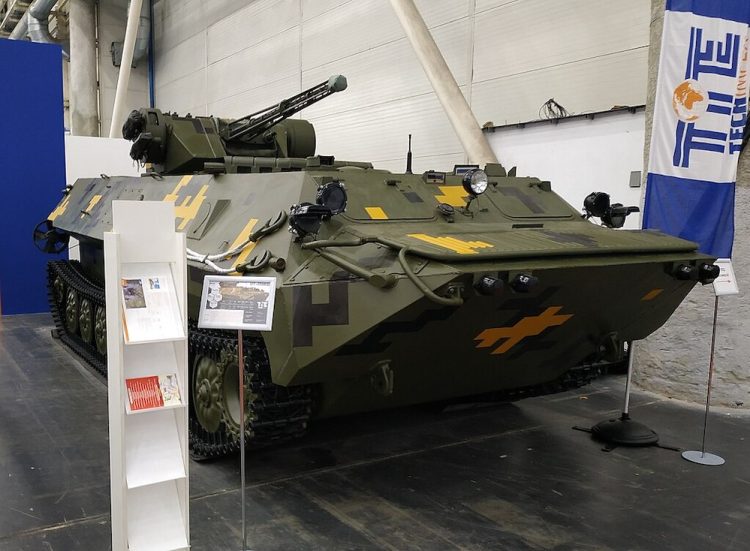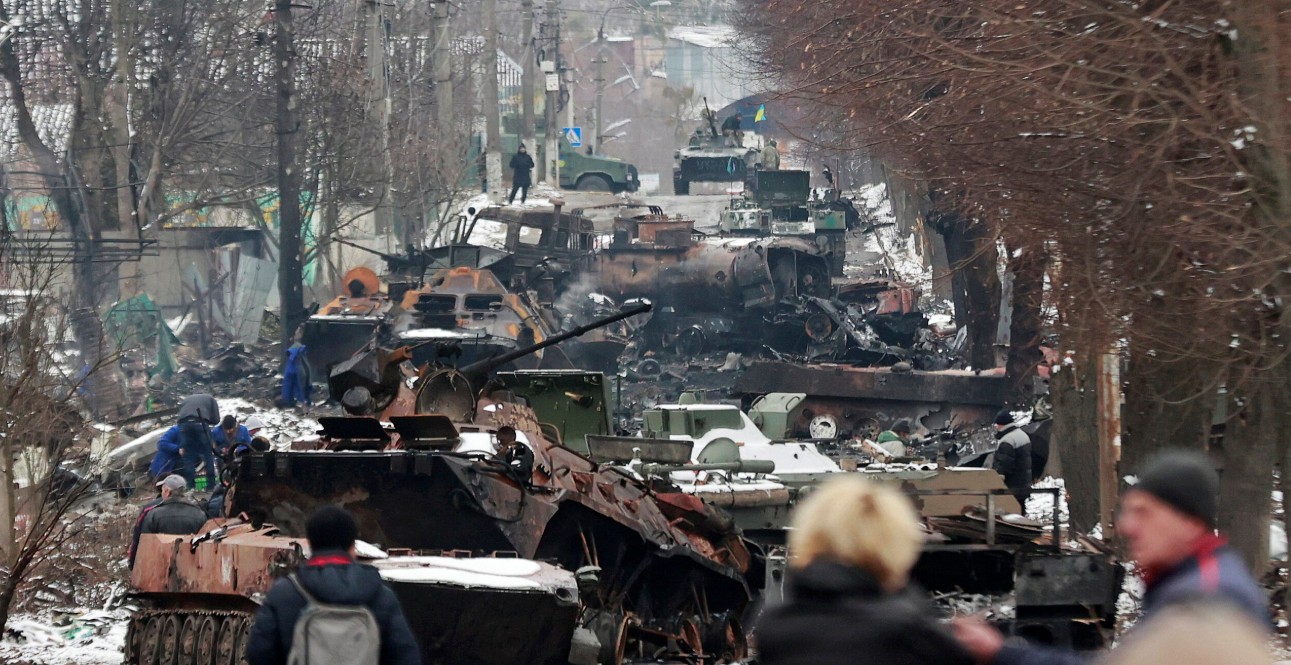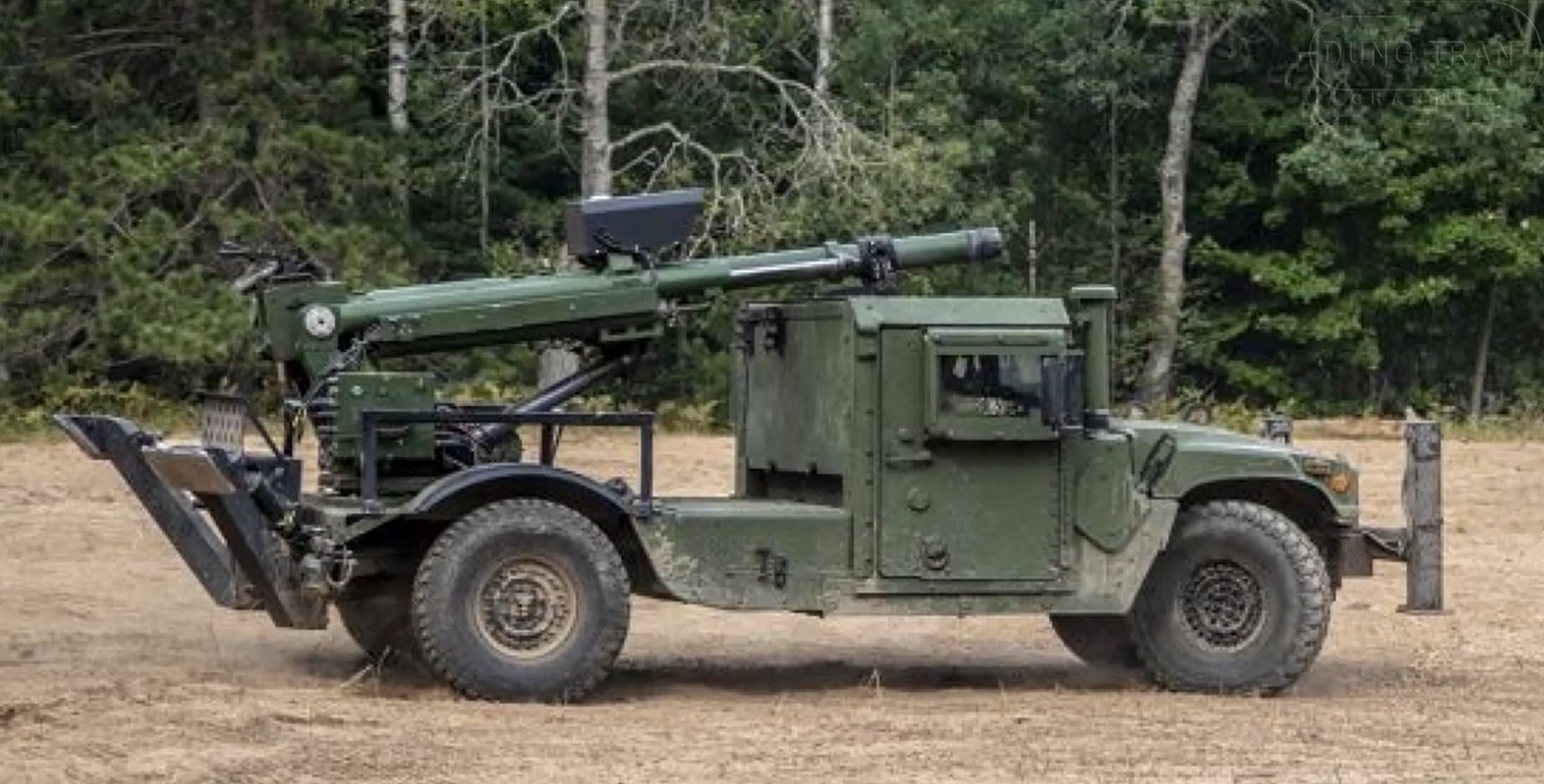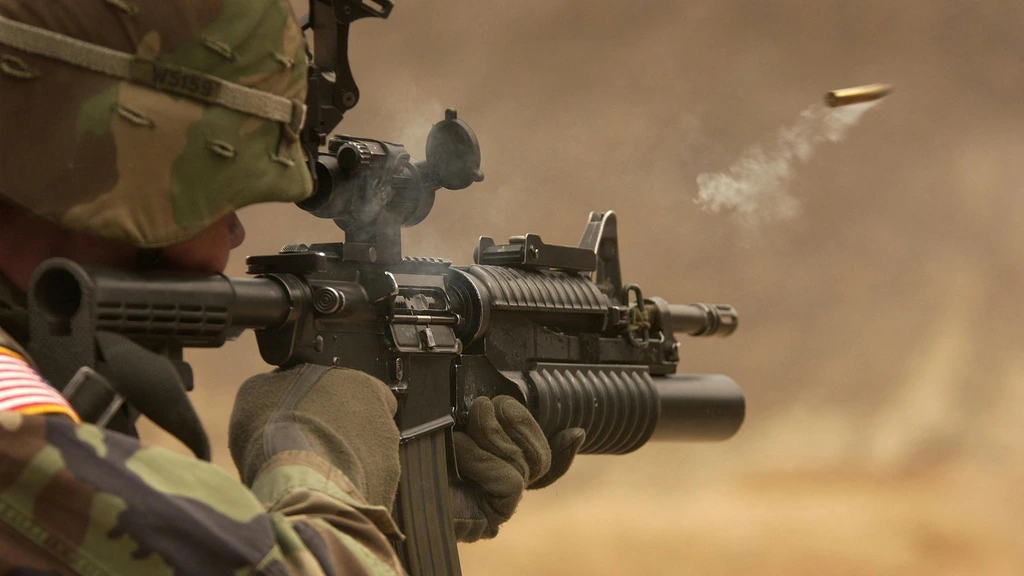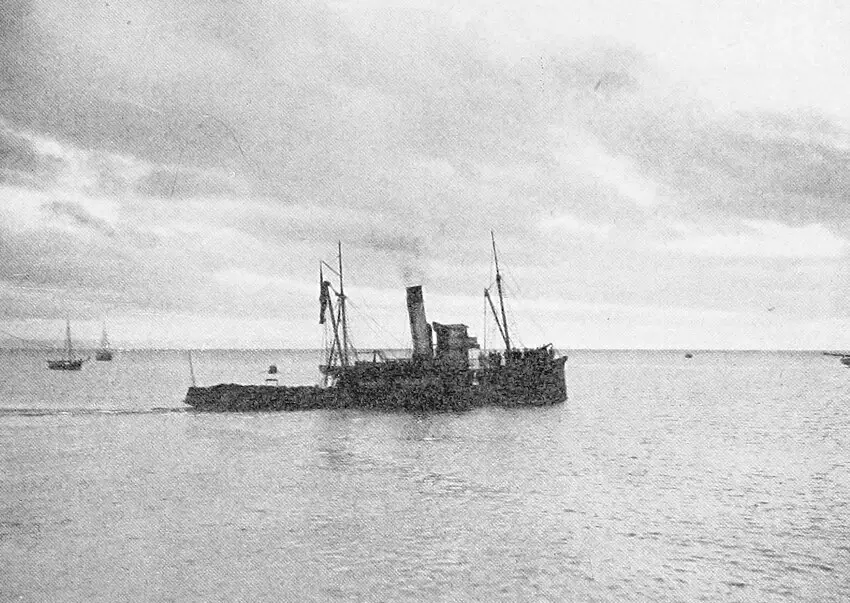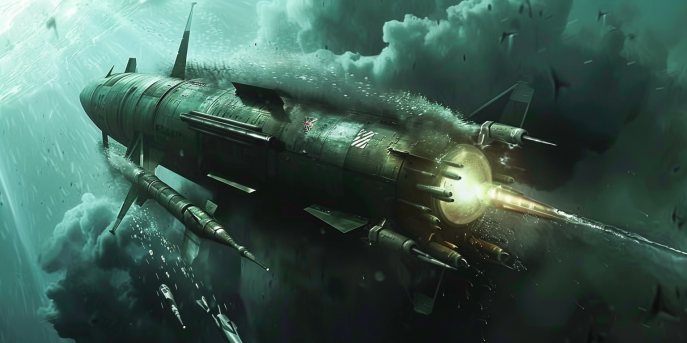Introduction
The BTR-58 APC (Armored Personnel Carrier) was a Soviet vehicle that played a significant role during the Cold War. It was developed in the 1950s as a response to the growing need for a versatile armored vehicle capable of transporting troops in various battlefield conditions.
Design and Features
The BTR-58 was based on the chassis of the GAZ-63 truck and featured a fully enclosed armored hull. It had a crew of two and could carry up to 20 fully equipped soldiers. The APC was armed with a 14.5mm KPVT machine gun and a 7.62mm SGMB medium machine gun for self-defense.
Performance
The BTR-58 had a top speed of approximately 80 km/h and a range of around 550 kilometers. It was powered by a V-8 gasoline engine, which provided sufficient power for the vehicle’s weight. The APC was designed to operate in various environments, including urban, rural, and wooded areas.
Service History
The BTR-58 was widely used by the Soviet Union and its allies during the Cold War. It saw action in conflicts such as the Soviet invasion of Afghanistan and the Warsaw Pact’s military exercises. The vehicle proved reliable and effective in providing troops with transportation and fire support.
Legacy
Although the BTR-58 eventually became obsolete as newer vehicles were developed, its design principles and features influenced the development of subsequent Soviet APCs. The BTR series of armored vehicles became the standard for Soviet and Eastern Bloc nations throughout the Cold War.
Conclusion
The BTR-58 APC played an essential role in the Soviet Union’s military strategy during the Cold War. Its versatility, firepower, and robust design made it a valuable asset on the battlefield. While it may have been replaced by more advanced vehicles, its legacy lives on in the subsequent generations of Soviet armored vehicles.
